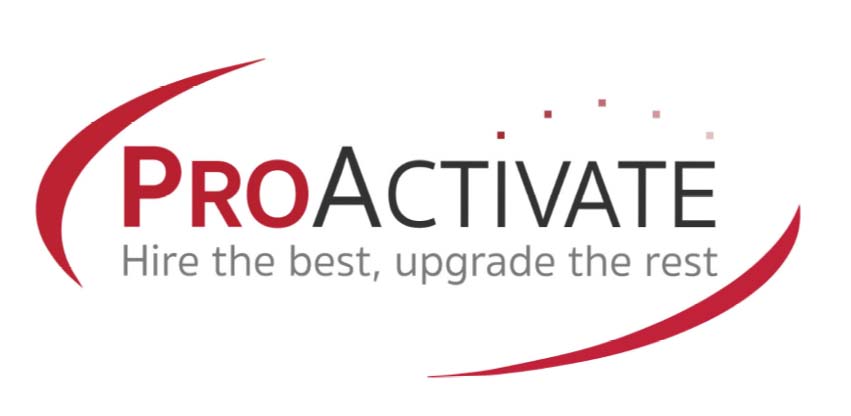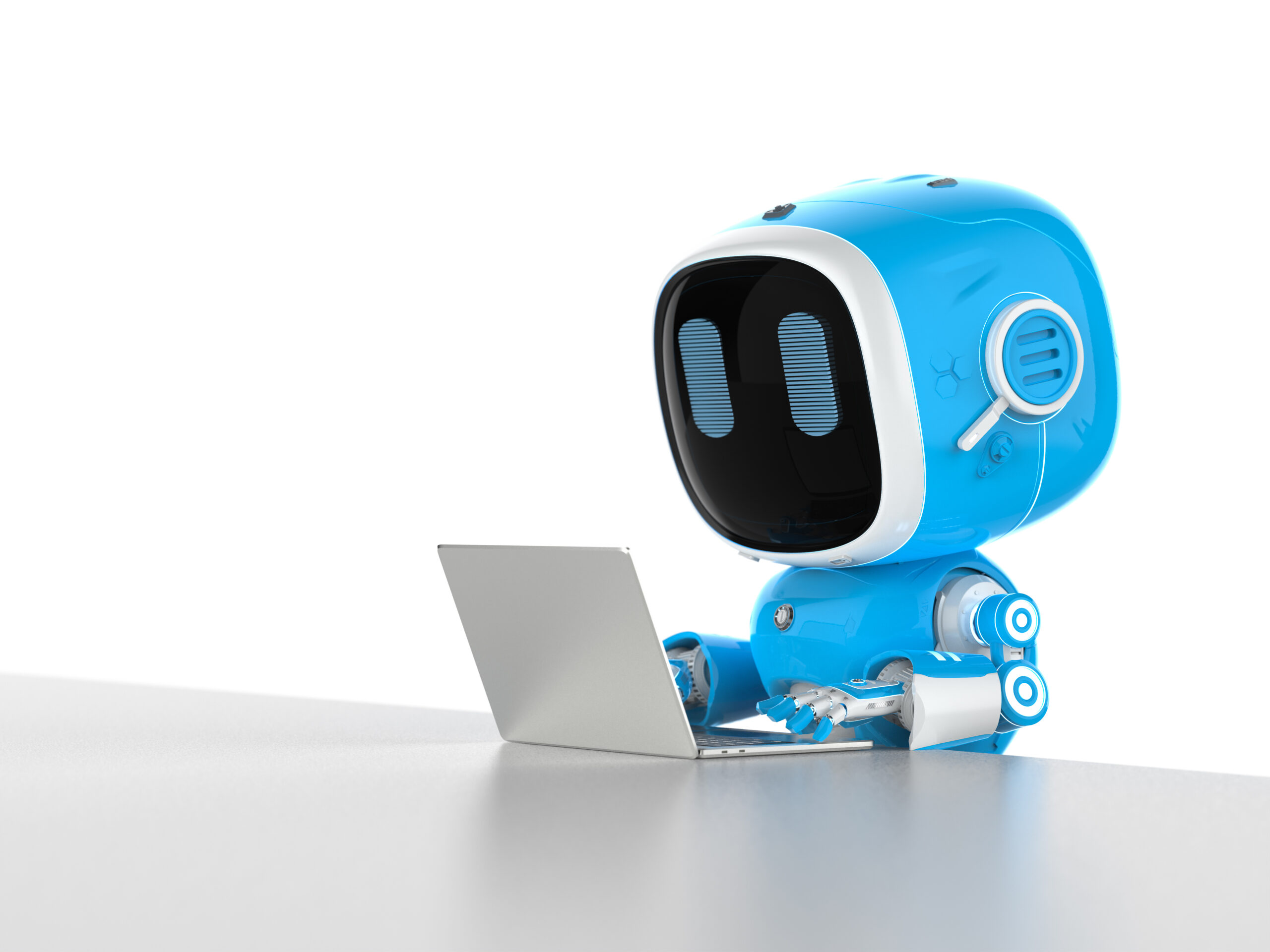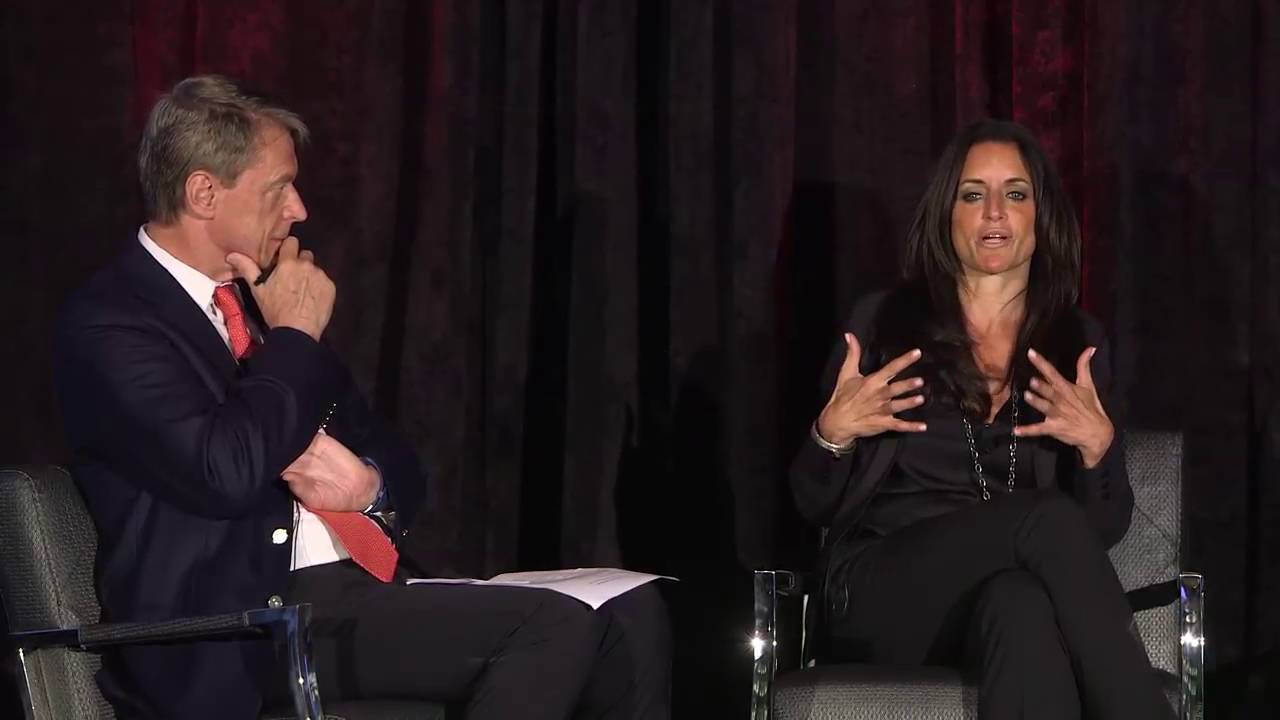Artificial intelligence (AI) is everywhere you look. Applications range from practical (think foreign language translation), to inexplicable like the Pet Rock GPT. (I’ll let you judge how necessary that is on your own time.) Right now, I want to take you through the best ways to use AI in your hiring process.
After sharing how business owners and hiring managers can leverage AI, we’ll cover a few pitfalls to avoid if you want to find top-notch talent while using innovative technologies to streamline hiring.
The Best Ways to Use Artificial Intelligence in Your Hiring Process
Cut down research time/save time on research
A September 2023 update brought real-time web browsing to ChatGPT. Before that, the information was based on what the bot could find online prior to 2021.
Fresh data is crucial when you’re planning out who to hire, where to hire and how much to pay the person.
Let’s say you’re looking to hire a salesperson in either Dallas, Texas or Kansas City, Missouri.
You want to know the job market in both cities, including who the largest employers are and if the cities are experiencing population growth.
You could type all those individual searches into your computer, research, compile the answers and write up your findings. Or you could get ChatGPT to do it for you with a prompt that tells it to research each point, write up its findings in a report and cite each resource it uses.
Do not skip asking for a citation
ChatGPT is not perfect and while you can trust the information, you should take the time to verify it.
Quickly create job descriptions
ChatGPT processes content requests in seconds – maybe a minute for a lengthy request. With the right prompts, it will generate a generic prompt you can tailor, either with ChatGPT or on your own.
Fast-track candidate review
Before Large Language Models (LLM) burst onto the scene, employers used Applicant Tracking Systems (ATS) to weed out applications that did not meet their preset criteria.
LLM candidate screening works similarly.
Instead of purpose-built software, you upload documents and prompt the LLM to analyze them.
You could ask it to:
- Compare resumes to the job description and identify the best fit
- Summarize cover letters
- Highlight achievements
- Read the resumes and cover letters you upload to generate a list of candidates who have a specific skillset or experience
Automate outreach
Candidates want to know their status. A quick email goes a long way. Outsource the writing to a tool like ChatGPT. Some tailoring could be done by the AI. For instance, you could write the prompt to get 5 separate emails, each addressed to the right person:
Write 5 emails and address them to [enter names]. Let them know we are still screening candidates for the [position].
Relying Too Much on AI Can Weaken Your Ability to Hire Top Talent
ChatGPT provides real-time information, but the internet data could be flawed
ChatGPT can browse real-time web results but the information readily available online is not always up to date. Even if your AI-generated report is based on credible sources, it could provide salary data from several years ago and as a result, the compensation package you design will not be competitive. At ProActivate, we offer two solutions that overcome this issue:
Our Free Compensation Analysis is for business owners and hiring managers who need salary insights for specific roles.
IntelliSelect Reports are designed for business owners and hiring managers who want to make better staffing decisions. These reports are tailored to your exact needs and based on data accessed and gathered by our talent acquisition experts. In the past, clients have used their reports to clarify which position to hire for, set the role’s responsibilities and build attractive compensation packages.
AI-generated content sounds like a bot without editing
In AI-generated content, certain words, phrases and sentence structure let everyone know you write with a bot.
It’s the equivalent of a tell in poker and if you plan on setting up automated emails or relying on AI for job descriptions, you must edit your content to remove repeated words like dynamic or filler phrases like “In a rapidly changing world.”
Also watch out for sentences and paragraphs that pack in more detail than one person ever needs to know about a topic.
Knowing and removing these giveaways matters because if you don’t, you clue candidates into your use of AI and that could hurt your talent acquisition strategy because …
66% of people don’t want you using AI to hire
A Pew Survey asked: Would you want to apply for a job that uses AI to help make hiring decisions?
66% of respondents said no.
Proceed with caution in how you use AI.
Take out the obvious ChatGPT-isms from your job descriptions, emails and any other applicant-facing materials.
Bot analysis eliminates talent who doesn’t use “buzzwords”
Applicant tracking systems only flag candidates who use specific buzzwords. AI-based analysis starts to correct for this, but you still run the risk of passing over elite candidates who write resumes and cover letters for humans, not bots.
Keyword scanning and resume matching cannot evaluate culture
A cover letter could describe why a candidate is re-entering the workforce in a way that showcases their work ethic, determination and excitement. No keyword scan or one-sentence summary will pass this on to you, depriving you of a chance to get a sense of who a person is and how they would fit into your organization’s culture.
Preserve the Personal Touch in Hiring Without Taking on More Work
You want ChatGPT and AI tools to cut down on the work you and your team are responsible for, but AI cannot do everything for you.
To reduce your workload and find high-achievers, do not turn to artificial intelligence, find a talent acquisition and recruiting partner.
Since 2005, ProActivate has sourced and screened talent for companies around the world. We can help you, too. Explore your options on a discovery call with us today.


